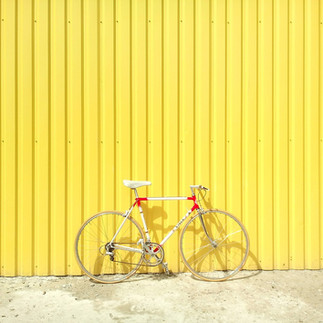Color Psychology in Design: Choosing the Right Hues for Your Home
Color is a powerful tool in interior design. It can influence our mood, behavior, and overall sense of well-being. Understanding color psychology can help you create spaces that not only look beautiful but also feel harmonious and welcoming. Here’s a guide to choosing the right hues for your home based on the principles of color psychology.
1. Blue: Calm and Serene

Blue is known for its calming and serene qualities. It can create a sense of tranquility and peace, making it an excellent choice for bedrooms and bathrooms. Lighter shades of blue can make a room feel spacious and airy, while darker blues add depth and sophistication.
• Best for: Bedrooms, bathrooms, offices
• Pair with: Whites, grays, and natural wood tones
2. Green: Refreshing and Balanced

Green is associated with nature and can bring a refreshing and revitalizing energy to a space. It symbolizes balance and harmony, making it a versatile choice for almost any room in the house. Green can also improve concentration, making it a good option for home offices.
• Best for: Living rooms, kitchens, offices
• Pair with: Neutral tones, wooden elements, and other natural colors
3. Yellow: Cheerful and Energizing

Yellow is a bright, cheerful color that can instantly uplift the mood of a room. It promotes happiness and energy, making it perfect for spaces where you want to feel active and social. However, too much yellow can be overwhelming, so it’s best used as an accent color.
• Best for: Kitchens, dining rooms, and playrooms
• Pair with: Whites, grays, and blues
4. Red: Bold and Stimulating

Red is a bold and stimulating color that can evoke strong emotions. It can increase energy levels and create a sense of excitement, making it ideal for spaces where social interaction is encouraged. However, red can also be intense, so it’s often used as an accent rather than a primary color.
• Best for: Dining rooms, living rooms, and entryways
• Pair with: Neutrals, blacks, and metallics
5. Purple: Luxurious and Creative

Purple is associated with luxury, creativity, and sophistication. It can add a touch of elegance and drama to a room. Lighter shades like lavender can create a peaceful, calming environment, while darker purples add a sense of richness and depth.
• Best for: Bedrooms, living rooms, and creative spaces
• Pair with: Grays, silvers, and soft pinks
6. Orange: Warm and Inviting

Orange combines the energy of red and the happiness of yellow. It’s a warm and inviting color that can stimulate creativity and conversation. Orange is a great choice for spaces where people gather and interact, but like red, it’s best used in moderation.
• Best for: Living rooms, kitchens, and dining areas
• Pair with: Whites, browns, and yellows
7. Neutral Colors: Versatile and Timeless

Neutral colors like white, gray, beige, and taupe are incredibly versatile and timeless. They provide a perfect backdrop for any design style and allow other colors and decorative elements to stand out. Neutrals can create a sense of calm and balance, making them suitable for any room in the house.
• Best for: Any room
• Pair with: Any color
Tips for Using Color in Your Home
1. Consider the Mood: Think about the mood you want to create in each room and choose colors that evoke those feelings.
2. Start Small: If you’re hesitant about using bold colors, start with small accents like pillows, rugs, or artwork.
3. Test Samples: Paint small sections of your walls with different colors to see how they look at different times of the day.
4. Balance: Use a balanced mix of colors to avoid overwhelming the space. Neutrals can help balance bold hues.
5. Flow: Ensure a harmonious flow of colors from one room to another to create a cohesive look throughout your home.
By understanding the psychology of colors, you can make more informed choices in your interior design, creating spaces that not only look great but also feel just right.
























































































コメント